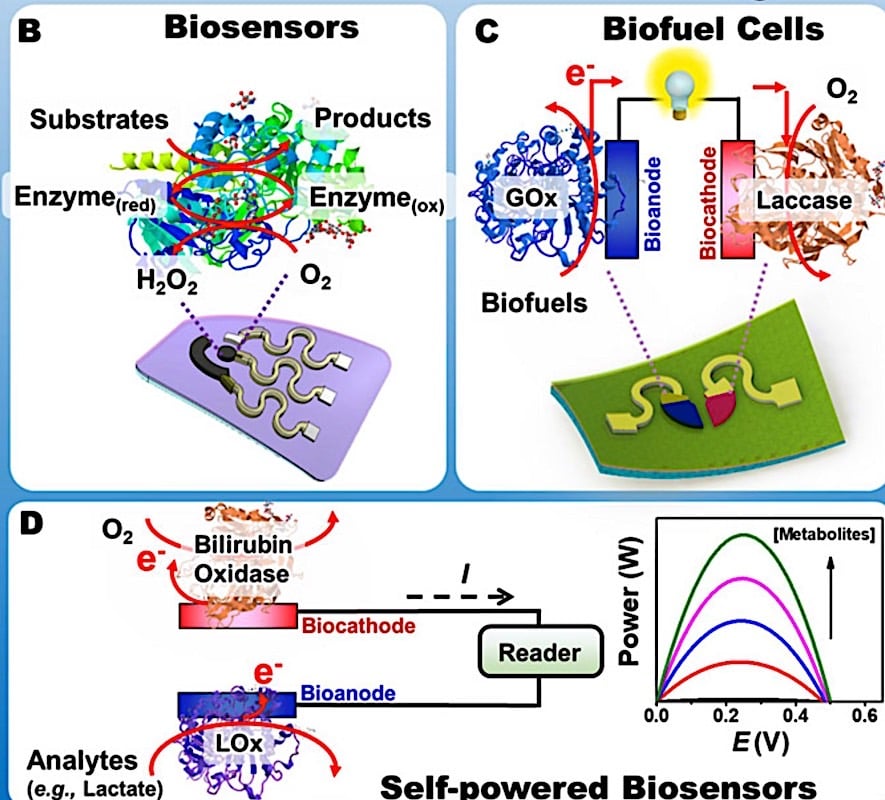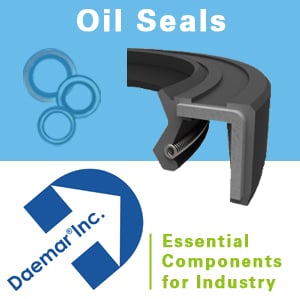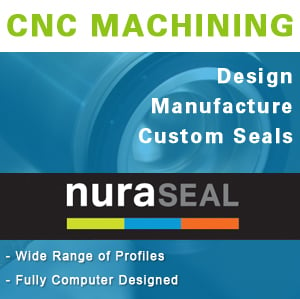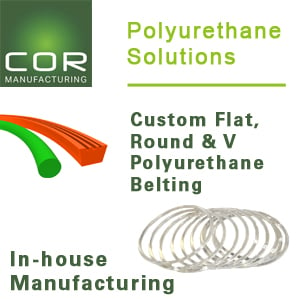A Close Look at Advanced Materials, Bioelectronic Medicine, and Plasma-Assisted Combustion
In the race to innovate and adapt, industries across the globe are searching for transformative technologies that promise not just incremental improvement but exponential change. While Artificial Intelligence dominates headlines, a suite of other high-impact breakthroughs is gaining momentum—poised to redefine manufacturing, medical technology, and oil & gas within the next five years. Among these, advanced materials, bioelectronic medicine, and plasma-assisted combustion stand out for their disruptive potential. This feature delves deep into these technologies, exploring key applications, industry trends, and the credible sources forecasting their rise.
1. Advanced Materials for Manufacturing: Self-Healing Polymers & Smart Composites
The Promise of Self-Healing and Smart Materials
Imagine an aircraft wing that senses a tiny crack, triggers an internal repair mechanism, and notifies engineers of the event—all while in flight. This is not science fiction, but the future being shaped by self-healing polymers and smart composites. These materials are engineered to repair micro-damage autonomously or communicate their status, dramatically reducing downtime, enhancing safety, and slashing maintenance costs across sectors like aerospace, automotive, and heavy machinery.

How It Works
Self-healing polymers incorporate microcapsules or vascular networks filled with healing agents. When the material cracks, these agents are released, chemically bonding to “heal” the damage. Smart composites take this further by embedding sensors—often using carbon fiber or graphene—that enable real-time monitoring of structural integrity.
Industry Applications
- Aircraft and Electric Vehicles (EVs): Airbus is piloting “Wise” composites—lightweight carbon-fiber materials interlaced with fiber-optic sensors and self-healing chemistries. These enable real-time stress detection and automated repairs, reducing costly inspections and improving overall safety. In electric vehicles, similar composites cut weight, extend range, and alert owners before critical failures occur.
- Infrastructure: In 2023, the University of Michigan successfully tested self-healing concrete for bridges. This material incorporates bacteria or micro-encapsulated healing agents that repair cracks when exposed to water, extending the lifespan of bridges, tunnels, and highways.
- Heavy Machinery: Mining and construction equipment endure constant wear. Smart composites fitted with piezoresistive sensors can detect stress patterns and trigger repairs before a minor fissure grows into catastrophic failure.
Market Outlook & Industry Trends
According to the American Chemical Society, the self-healing materials market is projected to reach $2.7 billion by 2027, with the fastest growth in transportation and civil engineering. This surge is driven by labor shortages, the push for sustainability, and increasingly stringent safety regulations. Companies are keen on solutions that minimize manual inspections and extend the lifecycle of critical infrastructure.
Source: American Chemical Society, “Self-Healing Materials Market to Reach $2.7B by 2027” (2023).

2. Medical Technology: The Rise of Bioelectronic Medicine (Electroceuticals)
Redefining Disease Treatment with Electricity
The convergence of electronics and medicine is opening a new frontier in how we treat chronic diseases. Bioelectronic medicine, or “electroceuticals,” involves implantable or wearable devices that use precise electrical pulses to modulate the nervous system—offering a drug-free alternative for conditions such as arthritis, diabetes, and hypertension.
How It Works
Bioelectronic devices interface directly with nerves or organs, delivering targeted stimulation. By tuning the electrical signals, these devices can suppress inflammation, regulate hormones, or even control organ function. This is a paradigm shift from the broad, systemic effects of pharmaceuticals to precise, localized interventions.
Industry Applications
- Vagus Nerve Stimulators: Companies like SetPoint Medical are developing implantable devices that treat autoimmune conditions (like rheumatoid arthritis) by stimulating the vagus nerve, thereby reducing inflammation without the use of immunosuppressive drugs. Early FDA trials suggest significant improvement in patient outcomes, with fewer side effects compared to traditional medications.
- Closed-Loop Insulin Pumps: Medtronic’s “SmartGuard” system employs continuous glucose monitors and automated insulin delivery, forming a closed-loop that mimics the function of a healthy pancreas. This technology is transforming diabetes management, reducing the risk of hypoglycemia and freeing patients from the constant burden of manual intervention.
- Wearable Bioelectronic Devices: Emerging startups are commercializing non-invasive wearables for migraine, depression, and chronic pain, expanding the reach of electroceuticals beyond the hospital setting into everyday life.
Market Outlook & Industry Trends
Nature Electronics estimates the global bioelectronic medicine market could exceed $50 billion by the end of the decade. The field is propelled by the limitations of blockbuster drugs, rising demand for personalized medicine, and the shift toward value-based care. Major pharmaceutical companies are investing heavily, viewing electroceuticals as a way to diversify pipelines and address diseases resistant to conventional treatments.
Source: Nature Electronics, “Bioelectronic Medicine’s $50B Potential” (2024).
3. Oil & Gas: Plasma-Assisted Combustion (PAC) for Emissions Reduction
Decarbonizing Without Demolition
As the world pushes toward net-zero emissions, the oil and gas sector faces a dilemma: how to cut greenhouse gases without scrapping trillions of dollars in legacy infrastructure. Plasma-assisted combustion (PAC) offers a powerful solution by using ionized gases (plasmas) to improve the efficiency and cleanliness of burning fuels in turbines and engines.
How It Works
PAC injects a plasma—a highly energized, electrically charged gas—into the combustion process. This not only accelerates the ignition of fuel but also enables a more complete burn, reducing the formation of pollutants such as carbon monoxide and unburned hydrocarbons.
Industry Applications
- Gas Turbines: Industrial giants like GE and Siemens are piloting PAC systems in power plants, reporting consistent reductions in CO₂ emissions by 20–30% while boosting fuel efficiency. These advances are critical as utilities seek to decarbonize without massive capital expenditures.
- Marine Engines: Shipping company Maersk is testing PAC on its fleets to meet International Maritime Organization (IMO) 2030 emission targets. Early trials indicate that PAC can help ships run cleaner on existing fuels, a vital step in the transition to greener shipping.
Market Outlook & Industry Trends
According to the International Energy Agency, plasma combustion technologies are emerging as cornerstone solutions for the energy transition. With governments tightening emission standards and investors prioritizing ESG (Environmental, Social, Governance) criteria, PAC adoption is expected to accelerate, especially in hard-to-abate sectors like heavy industry and shipping.
Source: International Energy Agency, “Plasma Combustion in Energy Transition” (2023).
Why These Technologies Matter Now
Manufacturing: The adoption of self-healing and smart materials is directly addressing labor shortages, safety concerns, and the imperative to do more with less. By extending the lifespan of assets and automating repairs, these technologies are central to sustainable growth.
Medical Technology: Bioelectronic medicine is reducing reliance on blockbuster drugs, lowering healthcare costs, and improving patient outcomes. As chronic diseases become more prevalent and personalized medicine takes center stage, electroceuticals represent the next evolution in care.
Oil & Gas: Plasma-assisted combustion enables companies to make meaningful emission reductions now—without waiting for entirely new infrastructure to be built. This technology bridges today’s energy realities with tomorrow’s sustainability goals.
Five Pivotal Years
The next five years will be pivotal. While artificial intelligence garners much of the attention, these three technologies—advanced materials, bioelectronic medicine, and plasma-assisted combustion—are quietly setting the stage for seismic shifts in manufacturing, medical technology, and energy. Their ability to drive efficiency, sustainability, and precision is supported not only by industry trends but credible analysis from leading scientific and market institutions. For organizations seeking to future-proof their operations, monitoring these advances is not just wise—it’s imperative.

































